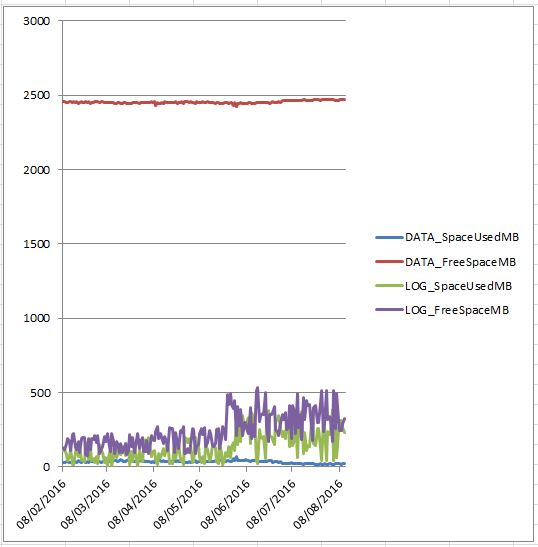New server build for SQL SERVER STANDARD 2016 install. Total of 12 disks: 6 standard 15K HDs and 6 SSDs. This is the disk setup I am going for. Could this setup be improved on, if so how what would change?
I could move TEMP DB mdf to DATA Drive and have TEMP DB log with other DB Logs on SSD LOG drive.
This will be for a SQL Server Production environment only.
Optimizing for speed but also HA to an extent.
Backups will get copied to an offsite location throughout the day.
Server will be mirrored not AG. Although mirroring is deprecated, due to install being Standard Edition I don't see benefits of AG at this point with 2 servers.
Biggest waits are LATCH_EX followed by CX_PACKET
Also looking to replicate some data for reporting purposes.
LOG average file size is 9.16 MB over past 6 months, Log backup every 15 mins MAX size has been 389.47MB in past 6 months
TEMP DB info for past 6 months


